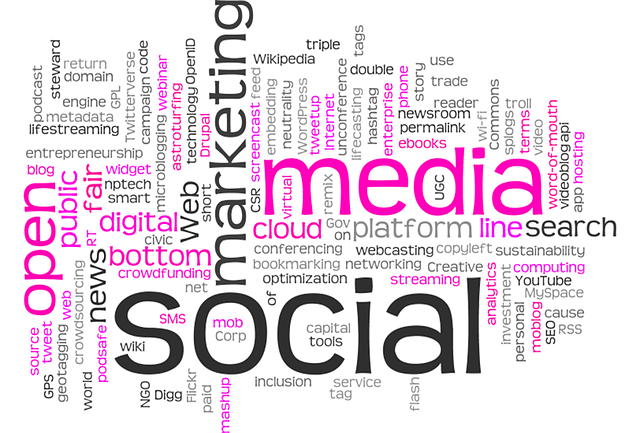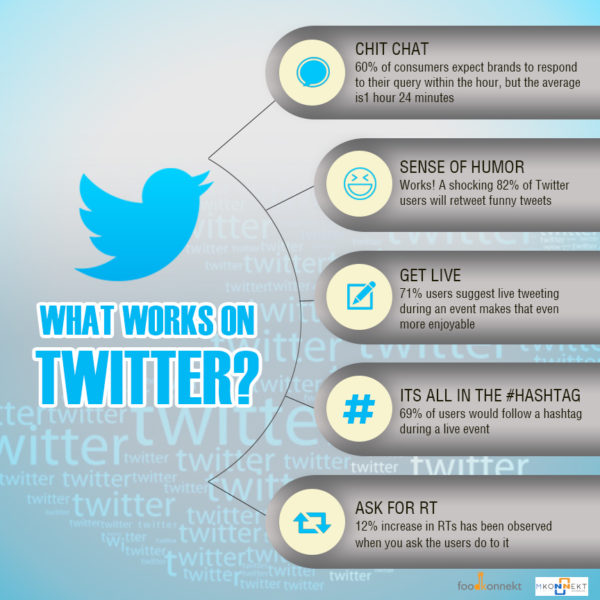
There are two ways to market your business or website: organic and paid social media. Paid social media also includes social media ads. Organic social media, by contrast, is content that's shared on social networks. Here's how to use each to your advantage:
Paid social Media is social advertising.
Paid social media campaigns are often more effective than free campaigns, because they are designed to encourage people to take the next step. The ads most often contain a call-to-action button, which encourages people to follow the instructions in the ad. This increases the probability that someone will click through your ad and become customers. Similarly, paid social media campaigns can include dynamic creative ads that are personalized, automated, and based on brand-owned data.
There are many benefits to paid social media ads. Because it is regularly displayed in users' newsfeeds, it can help increase brand recognition. Platforms use a pay/per-click model. Advertisers only pay when users interact. Paid social strategies let you target customers based on their interests. This means your ad will reach people who are interested and not just those who like the design.

Organic social media refers to free content that is shared on social networks profiles
Organic social media is a great way to establish an authentic voice for your brand, share a message, or interact with your audience. 86% prefer brands that support important causes, according to research. Too many companies use these issues to market their products. By taking a stand on a worthy cause, your brand can generate interest and trust that will attract new customers.
To raise brand awareness, and to establish credibility with customers, the number one reason to utilize organic social networks is to build trust. With more people turning to social to learn about brands, organic posts are a crucial part of establishing a solid presence. 58% of consumers visited brand social pages before visiting the company's website. Because organic content is most engaging, they are more likely.
Cost-per-click
Both organic and paid social media can help you break through the algorithm and reach wider audiences. While organic reach has been declining, paid social offers brands the chance to increase their exposure. By leveraging paid social, brands can spread conversion-oriented content to reach a larger audience. Approximately 64% of Facebook users use the social network as a source of shopping inspiration, which means they're receptive to promotional messages. Paid advertising can be used to reinforce organic social media content.
In addition to increasing brand awareness, organic social media can help you understand what your audience is looking for. You might have some fans who are rugby players if your ticketing website is one example. You might reach out to Dylan Hartley, a rugby star via social media. It is possible to also contact sports celebrities and key influencers through social media. You can increase the likelihood of building a following.

Cost-per-thousand impressions
Organic social media marketing aims to establish a brand's voice and personality. Organic marketing only shows followers, and very rarely to non-followers, so it has limited reach. Paid social can help you build a community, and increase your reach on social media. Here are some tips to get the most out of your organic social media campaign. You can boost organic posts by using targeted ads and creative captions.
The first step to organic social media advertising is to determine the ROI of each KPI. This can be done by using brand recognition as your KPI. If you can get an average brand recognition of $40, that should be the price you pay for an organic social media campaign. Podia, which offers social media analytics, is a good example. Paid and organic social media marketing can be combined to increase reach and engage customers.
FAQ
Do I need to hire a writer for my Content Marketing?
No! There is no need to hire professional writers to write content for you business. You can find tons of free resources that will help you get started.
What is a Content Strategist?
A content strategist helps brands tell stories by crafting engaging messages that connect emotionally to their audiences. They are storytellers who help brands tell brand stories that motivate people to act.
Content strategists are skilled at creating strategies that will engage customers and prospects. They combine storytelling and data analytics to create experiences that encourage customers to visit stores and buy products.
They know how to incorporate social media platforms into their campaigns. They are also skilled in using technology tools such video and virtual reality to provide powerful customer experiences.
Content strategists are responsible for translating ideas into tangible plans that marketers can execute. This includes creating content and briefings for creative purposes, budget management, and the creation of content for television and print.
What is the role of a content strategist?
Content strategists are able to help you understand what search terms people use on the internet. They make sure your website is optimized for search engines to help you rank high. They also create content to be used on social media sites like Facebook, Twitter and others. They also write copy to advertise, blog, or website.
A content strategist works closely with a marketing team and helps to organize a cohesive plan for the company's online presence. While content strategists can work alone, they will often collaborate with other members of the team to ensure each piece of content is useful.
Do I need an agency for Content Marketing?
No! You can create high-quality content with many tools online. Agency services are often expensive.
How many hours per week should content marketing take?
It all depends on your circumstances. You may not need to spend any time at all on content marketing. If you are trying to attract traffic to your site, however, you may need to invest at least 1 hour each day.
Is content marketing successful?
Yes! Hubspot states that Content Marketing is now the number one digital marketing channel for lead generation.
Statistics
- Progress indicators (0–100%) allow each team member to see how attainable each goal is and understand what remains to be accomplished. (semrush.com)
- To further show the importance of this, 89% of people have stopped doing business with a company because of a poor experience. (neilpatel.com)
- Out of the 1,500 marketers we surveyed for our State of Content Marketing report, 78% who felt their content marketing strategy was exceptionally effective in 2021 had documented their strategy. (semrush.com)
- Companies that use content marketing see approximately 30% higher growth rates than businesses not using it. (mailchimp.com)
- According to our research, 65% of companies with very successful content marketing in 2021 ran content audits at least twice a year. (semrush.com)
- Forty-seven percent of buyers view 3 to 5 pieces of content before engaging with a sales representative. (mailchimp.com)
- We found that 40% of businesses don't have a documented strategy yet. (semrush.com)
- In fact, would pay more for a better customer experience, and 86% of B2B buyers would pay more. (neilpatel.com)
External Links
How To
How do you develop a content marketing strategy?
First, determine what type of content your clients want. Once you have a clear understanding of your clients' needs, you can start creating content. This might mean that you need to create an editorial calendar, and plan where the content will be coming from. Content should always have an end in mind. It doesn’t matter whether you are writing blog posts, social media updates or e-books. They all need to serve one purpose.
Once you've decided on the type of content that you want to create, it's important to determine who your target audience is. Which market are they most interested in and what is their motivation for buying the content you offer?
Next, you need to identify your target market. Then, find ways to communicate with them. However, social media platforms can be an effective way to communicate with people. There are also other options like videos, podcasts or webinars.
Next, you need to decide how you will communicate your message with your market. Then you need to determine what topics you'd like to cover. This will help you to understand why you are writing the content. What problem does it solve? Does it help? It will make their lives easier.
Now that we know what type of content we write, it is time to determine what you want. Do you want to share information about your industry? On current events? Which products and services are you most interested in? The answer to this question defines your focus.
Finally, once you've answered those questions, it's time to combine everything into one complete package.
You want every piece you create to serve its purpose. You don't want anyone to waste their time and energy so make sure you build quality into all aspects of your content.
You must remember that a content marketing strategy of great quality has many parts.